Technology
-

A note in abacus
By
There are several types of abacuses (or abaci) used throughout history and across different cultures. The most popular ones are from China, but there are other abacus that were developed independently. This article gives glimpse of some of the popular abacus. Types of abacus 1. Chinese Abacus (Suanpan) The Suanpan typically has 2 beads on…
-

The driver may be corrupted or missing. (Error Code 39)
By
My usb suddenly died. For a week I was in mess. I couldn’t connect my pendrive or any other instrument that were using usb for connections. At first i thought it was a hardware problem. But damn it was a minor problem in registry. The error code gets displayed in the device manager showing exclamation…
-
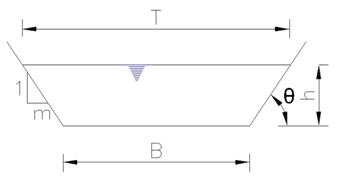
Most efficient trapezoidal section for flow propagation
By
Calculating the most efficient trapezoidal section of a canal is crucial for optimizing water flow and minimizing the construction cost. A trapezoidal canal section, characterized by its trapezoidal shape, allows for controlled flow and effective sediment transport. The most efficient trapezoidal section of canal can be calculated as follows Let, Base width of the canal=B…
-
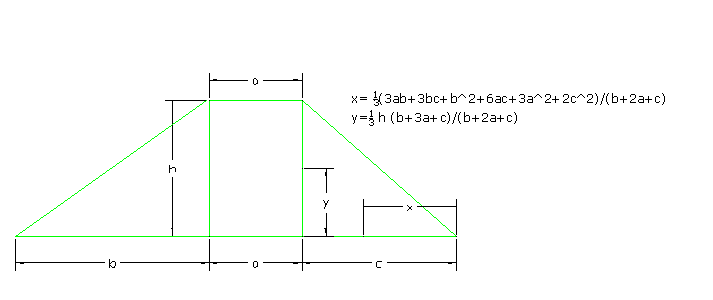
Centroid of trapezoidal shape
By
in How toThe centroid of the trapezoidal with its one face perpendicular is given be $$ X=-1/3* {(-2b^2-2*a*b+a^2)/(a+b)}$$ $$Y=1/3 *h* (b+2*a)/(a+b)$$ Where a, b, h and origin is as shown in the figure below. Similarly, the centroid of any trapezoidal that does not have perpendicular face is given by $$x= 1/3*(3a*b+3*b*c+b^2+6*a*c+3*a^2+2*c^2)/(b+2a+c)$$ $$y=1/3* h* (b+3*a+c)/(b+2*a+c)$$ Where a, b…
-
Common problems in Autocad and their solution – a historical database
By
in How toI am listing a set of AutoCAD commands and system variable which just offends the regular users. Use F1 in the AutoCAD for details. Problem: Land Desktop import slope lines in plan view Solution: To import end lines (lines meeting to ground in fill or cut): Cross section->Point Output->Catch Pt to DWG-> Yes ->…
-
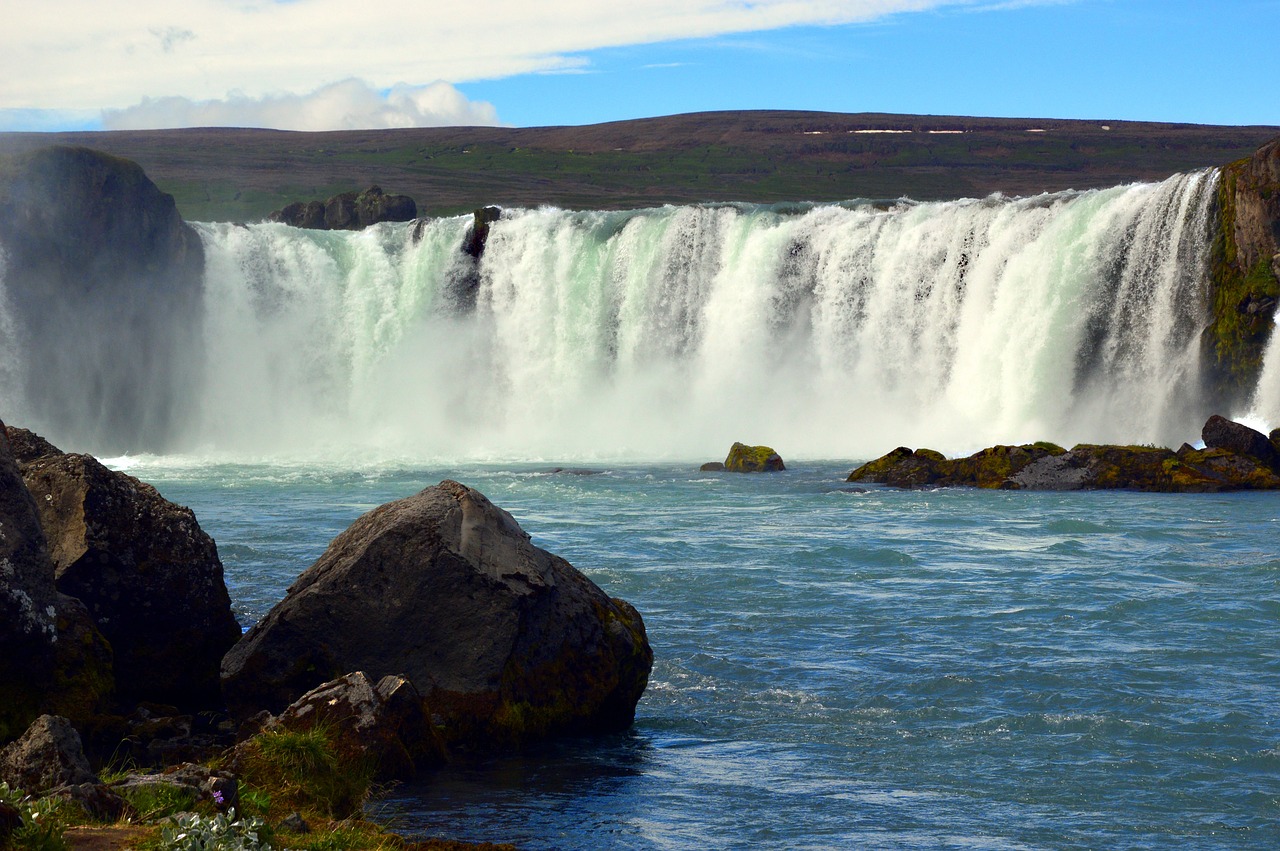
History of hydropower energy in Indonesia
By
in EnergyThe origins of small hydropower (SHP) in Indonesia trace back to the Dutch colonial era when the first small hydropower projects were built to supply energy for tea plantations in the 1800s. SHP development continued through the early 20th century, supplying electricity to both tea factories and the broader region. Key plants like Malabar and…
-
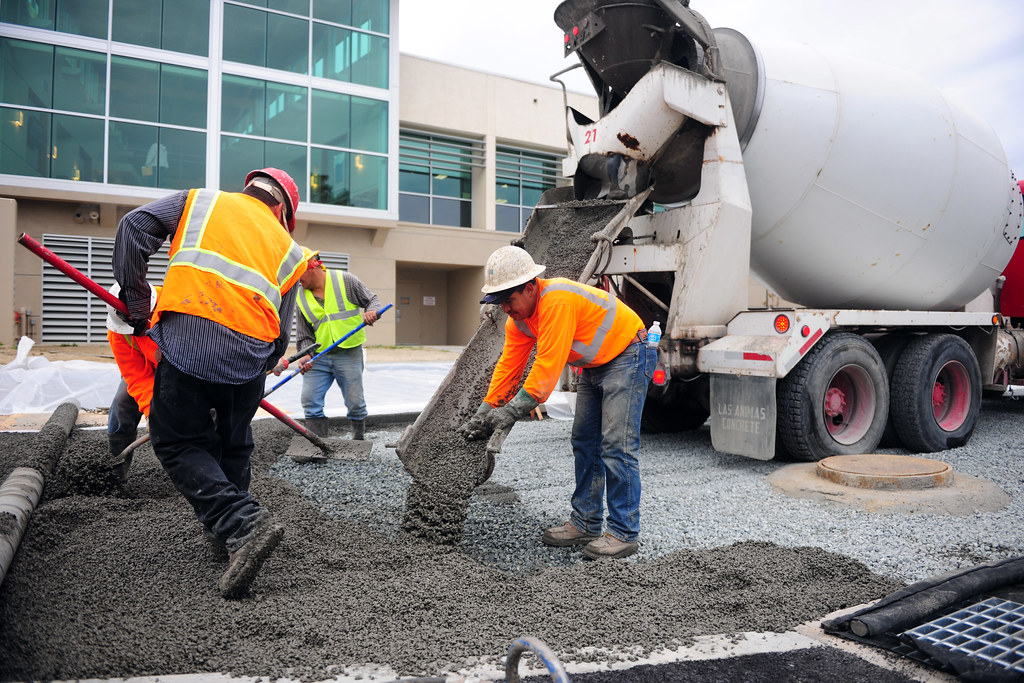
Durability of concrete in terms of water permeability
By
Permeability is one of the main indicator defining the durability of the concrete. In one hand, the permeability of the concrete can be high from the beginning of concrete life, in which case, the deterioration takes place rapidly during the service life. While in the other hand, the permeability of the concrete may gradually increase…
-

Degradation of concrete by abrasion
By
in EngineeringAbrasion of concrete is progressive loss of concrete mass due to mechanical degradation such as friction, grinding action, impact, overloading and local crushing. Vehicular movement and pedestrian traffic causes abrasion. The worst effect of abrasion is caused by vehicle with studded/chain tyres. Similarly, in industrial buildings, the concrete floors are subjected to impact load and…
-
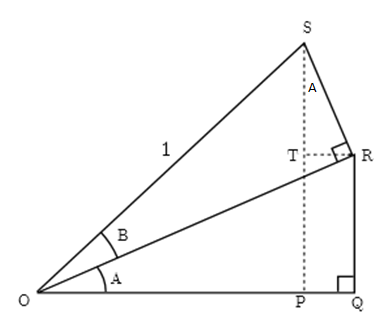
Derivation for sum of angles
By
The summation formulas for sine, cosine, and tangent are the key identities that govern trigonometric relationships. These formulas help us analyze combinations of angles in various scenarios, from simple geometric calculations to complex oscillatory systems. Let’s revise these fundamental concepts.
-
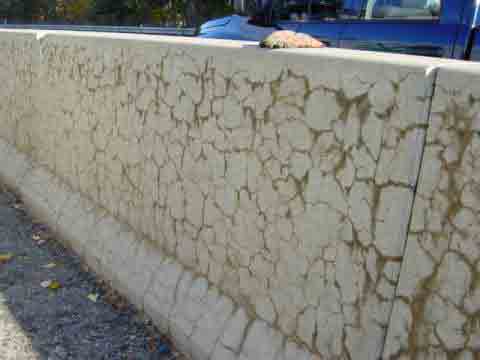
Alkali Silica Reaction in concrete
By
The phenomenon of aggregates reacting with the alkali component of cement is called alkali aggregate reaction (AAR). The predominant form of alkali aggregate reaction is alkali-silica reaction (ASR) in which the silica content of aggregate reacts with sodium and potassium hydroxide of concrete. Other forms of AAR are alkali-carbonate reaction and alkali-silicate reaction. In China…